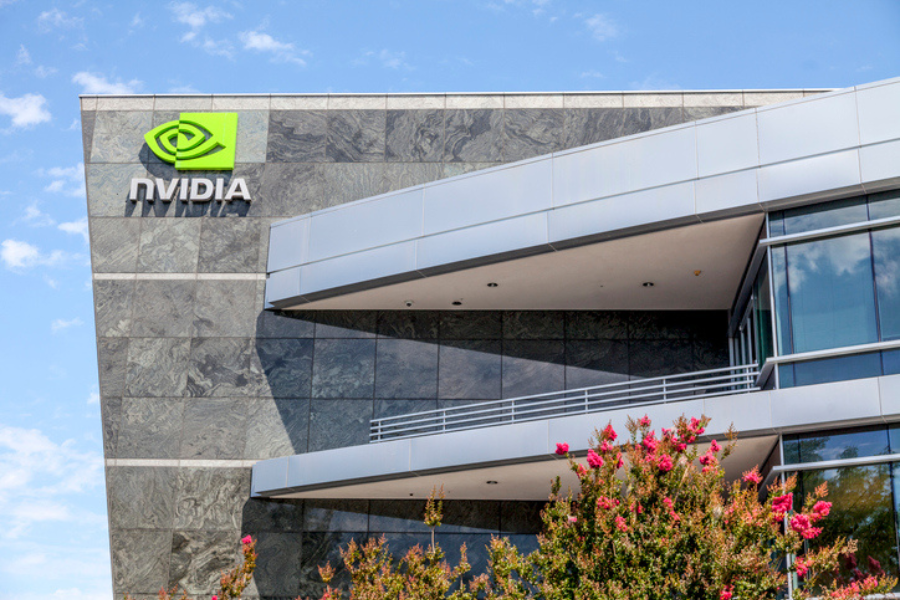

It was the most highly anticipated results of the current earnings season but Nvidia’s release after the markets closed Wednesday failed to hit the target for investors.
The chipmaker that has been a key driver of the AI frenzy in recent months, reported second quarter revenue 15% higher than the previous quarter and up a staggering 122% from a year ago, and at $30 billion it surpassed the $28.9 billion that analysts were expecting. Gross margin was 75.1% (down from 78.1% in the first quarter). Earnings of 68 cents per share also beat the expected 64 cents.
The firm also reported record quarterly Data Center revenue of $26.3 billion, up 16% from Q1 and up 154% from a year ago.
But it was the devil in the detail that concerned investors with Nvidia’s third quarter revenue estimated at around $32.5 billion (plus or minus 2%), above the $31.9 billion average analysts were calling for, but below the highest expectation of $37.9 billion.
Investors have been concerned about some issues with Nvidia’s next-generation Blackwell chip but the company has addressed the issues and Jensen Huang, founder and CEO, said that “the anticipation for Blackwell is incredible,” adding that “Blackwell samples are shipping to our partners and customers.”
The earnings report also revealed that Nvidia had returned $15.4 billion to shareholders in the form of shares repurchased and cash dividends during the first half of fiscal 2025. As of the end of the second quarter, the company had $7.5 billion remaining under its share repurchase authorization, and this week its board approved an additional $50 billion in share repurchase authorization, without expiration.
Nvidia shares were down as much as 5% in premarket trading Thursday before recovering somewhat later on. Overall futures on the S&P 500 and Nasdaq 100 erased earlier losses.
With the end of earnings season the market will now focus on the US economy and the question of whether data, including the jobs report, will require rate cutting from the Fed.
“What investors are looking for now is further confirmation that if economic momentum is weakening, the Federal Reserve are going to ride to the rescue, and provide a series and of substantial cuts,” Brian O’Reilly, head of market strategy at Mediolanum International Funds told Bloomberg.

AI is no replacement for trusted financial advisors, but it can meaningfully enhance their capabilities as well as the systems they rely on.

Prudential's Jordan Toma is no "Finfluencer," but he is a registered financial advisor with four million social media followers and a message of overcoming personal struggles that's reached kids in 150 school across the US.

GReminders is deepening its integration partnership with a national wealth firm, while Advisor CRM touts a free new meeting tool for RIAs.

The Texas-based former advisor reportedly bilked clients out of millions of dollars, keeping them in the dark with doctored statements and a fake email domain.

The $3.3 trillion tax and spending cut package narrowly got through the upper house, with JD Vance casting the deciding vote to overrule three GOP holdouts.
Orion's Tom Wilson on delivering coordinated, high-touch service in a world where returns alone no longer set you apart.
Barely a decade old, registered index-linked annuities have quickly surged in popularity, thanks to their unique blend of protection and growth potential—an appealing option for investors looking to chart a steadier course through today's choppy market waters, says Myles Lambert, Brighthouse Financial.
